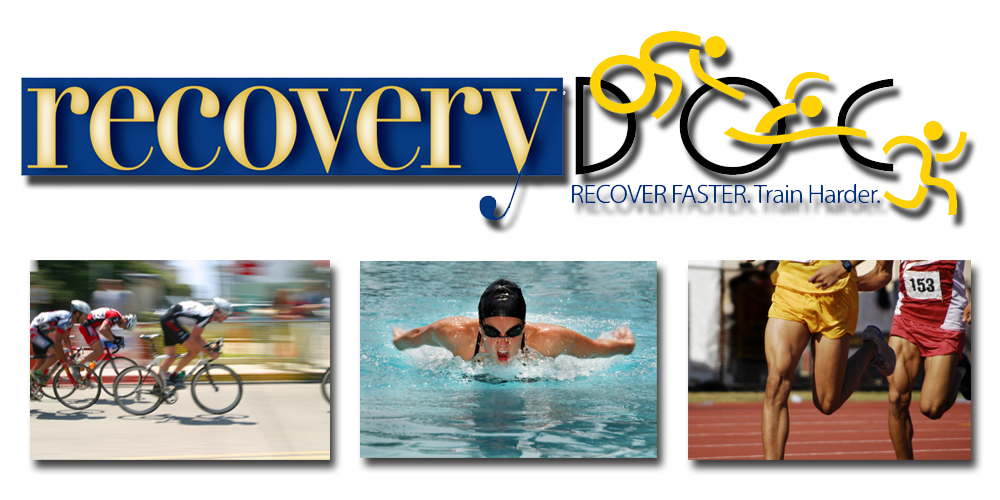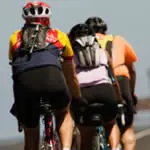Take a look at this study that was published in the latest issue of The American Journal of Sports Medicine about Patellar Tendon Ruptures. I suspect that if the serial use of MSK ultrasound which easy to use and visualizes the Patellar tendon very well and can also be Dynamically acessed would help decrease the incident of patellar tendon ruptures. Let me know what you think!

Patellar Tendon Ruptures in National Football League Players
Background: Although knee injuries are common among professional football players, ruptures of the patellar tendon are relatively rare. Predisposing factors, mechanisms of injury, treatment guidelines, and recovery expectations are not well established in high-level athletes.
Hypothesis: Professional football players with isolated rupture of the patellar tendon treated with timely surgical repair will return to their sport.
Study Design: Case series; Level of evidence, 4.
Methods: Twenty-four ruptures of the patellar tendon in 22 National Football League (NFL) players were identified from 1994 through 2004. Team physicians retrospectively reviewed training room and clinic records, operative notes, and imaging studies for each of these players. Player game statistics and draft status were analyzed to identify return to play predictors. A successful outcome was defined as participating in 1 regular-season NFL game.
Results: Eleven of the 24 injuries had antecedent symptoms. The most common mechanism of injury was an eccentric overload to a contracting extensor mechanism. Physical examination demonstrated a palpable defect in all players. Twenty-two were complete ruptures, and 2 were partial injuries. Three of the 24 cases had a concomitant anterior cruciate ligament (ACL) injury. In 19 of the 24 injuries, the player returned to participate in at least 1 game in the NFL. Players who returned were drafted, on average, in the fourth round, while those who failed to return to play were drafted, on average, in the sixth round. Of those players who returned to play, the average number of games played was 45.4, with a range of 1 to 142 games.
Conclusion: Patellar tendon ruptures can occur in otherwise healthy professional football players without antecedent symptoms or predisposing factors. The most common mechanism of injury is eccentric overload. Close attention should be paid to stability examination of the knee given the not uncommon occurrence of concomitant ACL injury. Although this is usually a season-ending injury when it occurs in isolation, acute surgical repair generally produces good functional results and allows for return to play the following season. Players chosen earlier in the draft are more likely to return to play.
Hypothesis: Professional football players with isolated rupture of the patellar tendon treated with timely surgical repair will return to their sport.
Study Design: Case series; Level of evidence, 4.
Methods: Twenty-four ruptures of the patellar tendon in 22 National Football League (NFL) players were identified from 1994 through 2004. Team physicians retrospectively reviewed training room and clinic records, operative notes, and imaging studies for each of these players. Player game statistics and draft status were analyzed to identify return to play predictors. A successful outcome was defined as participating in 1 regular-season NFL game.
Results: Eleven of the 24 injuries had antecedent symptoms. The most common mechanism of injury was an eccentric overload to a contracting extensor mechanism. Physical examination demonstrated a palpable defect in all players. Twenty-two were complete ruptures, and 2 were partial injuries. Three of the 24 cases had a concomitant anterior cruciate ligament (ACL) injury. In 19 of the 24 injuries, the player returned to participate in at least 1 game in the NFL. Players who returned were drafted, on average, in the fourth round, while those who failed to return to play were drafted, on average, in the sixth round. Of those players who returned to play, the average number of games played was 45.4, with a range of 1 to 142 games.
Conclusion: Patellar tendon ruptures can occur in otherwise healthy professional football players without antecedent symptoms or predisposing factors. The most common mechanism of injury is eccentric overload. Close attention should be paid to stability examination of the knee given the not uncommon occurrence of concomitant ACL injury. Although this is usually a season-ending injury when it occurs in isolation, acute surgical repair generally produces good functional results and allows for return to play the following season. Players chosen earlier in the draft are more likely to return to play.










 Wearing cycling shorts, as opposed to regular shorts over cotton underwear, will help cut down on friction that leads to saddle sores.
Wearing cycling shorts, as opposed to regular shorts over cotton underwear, will help cut down on friction that leads to saddle sores.

.JPG)




